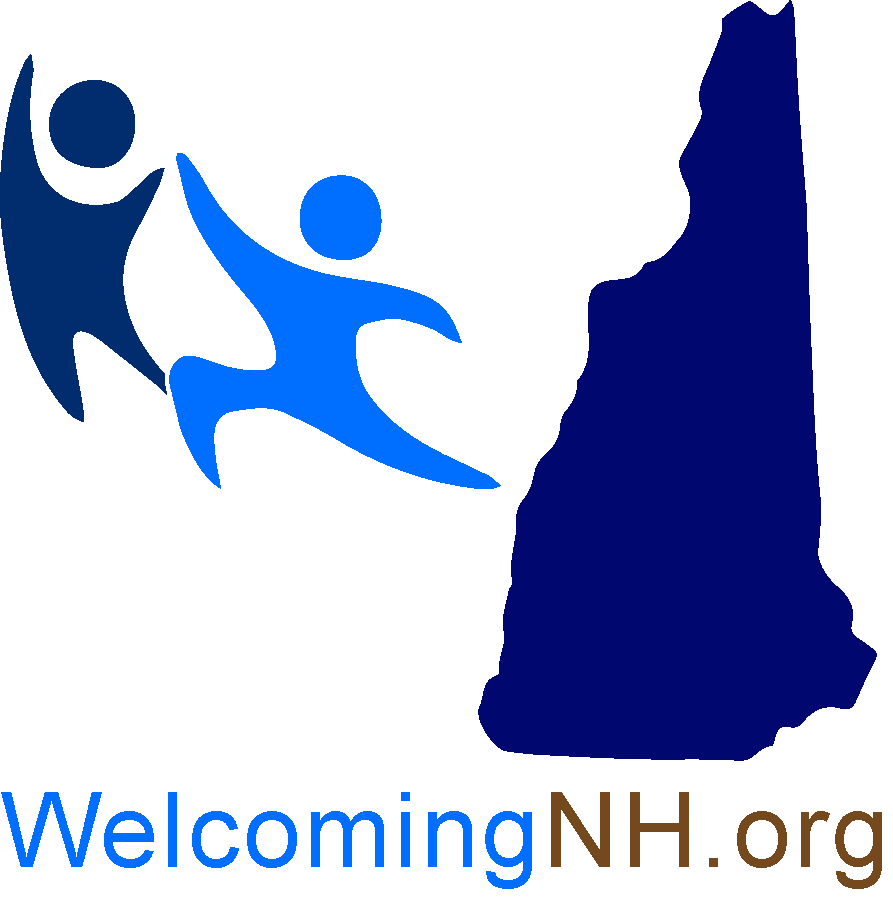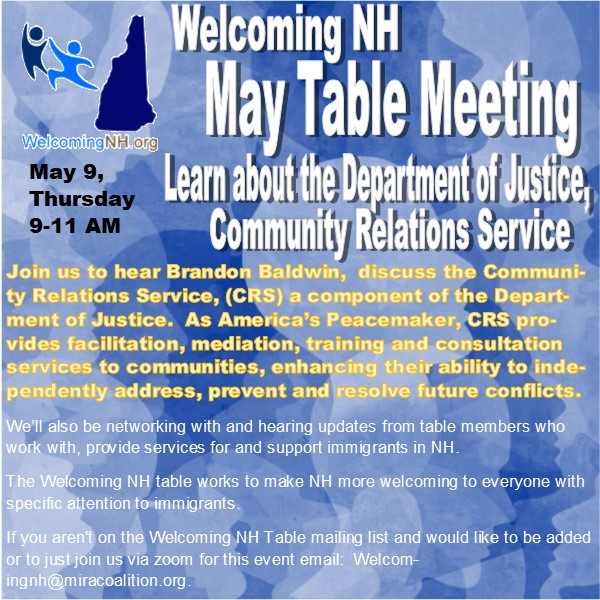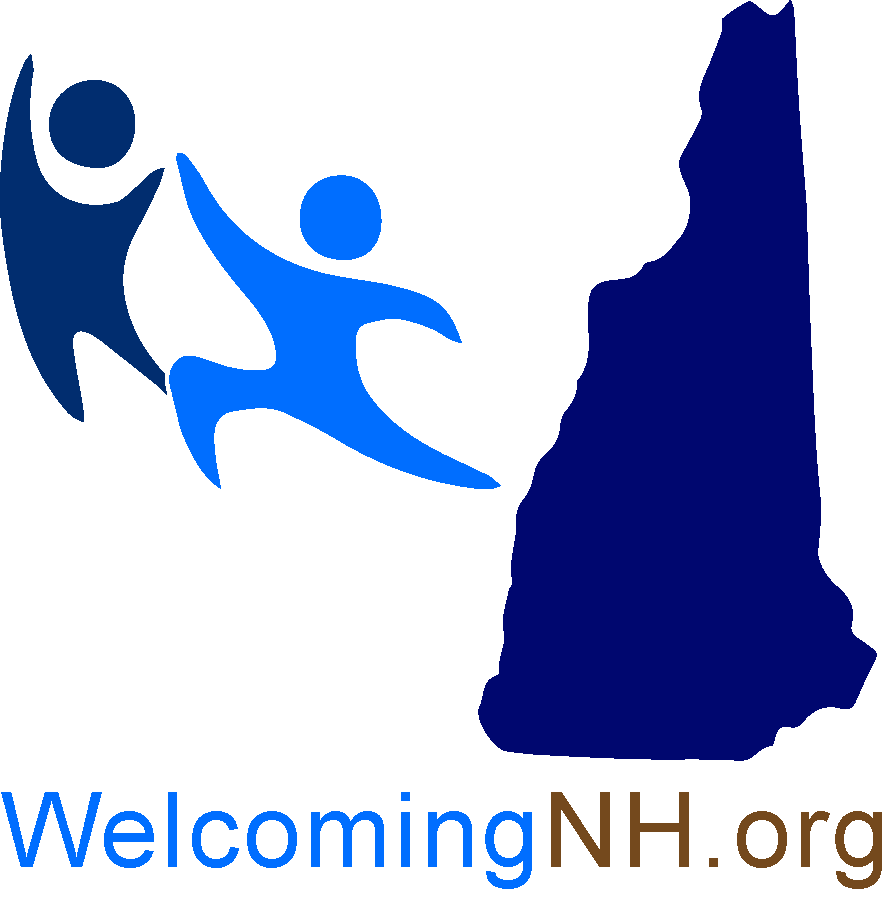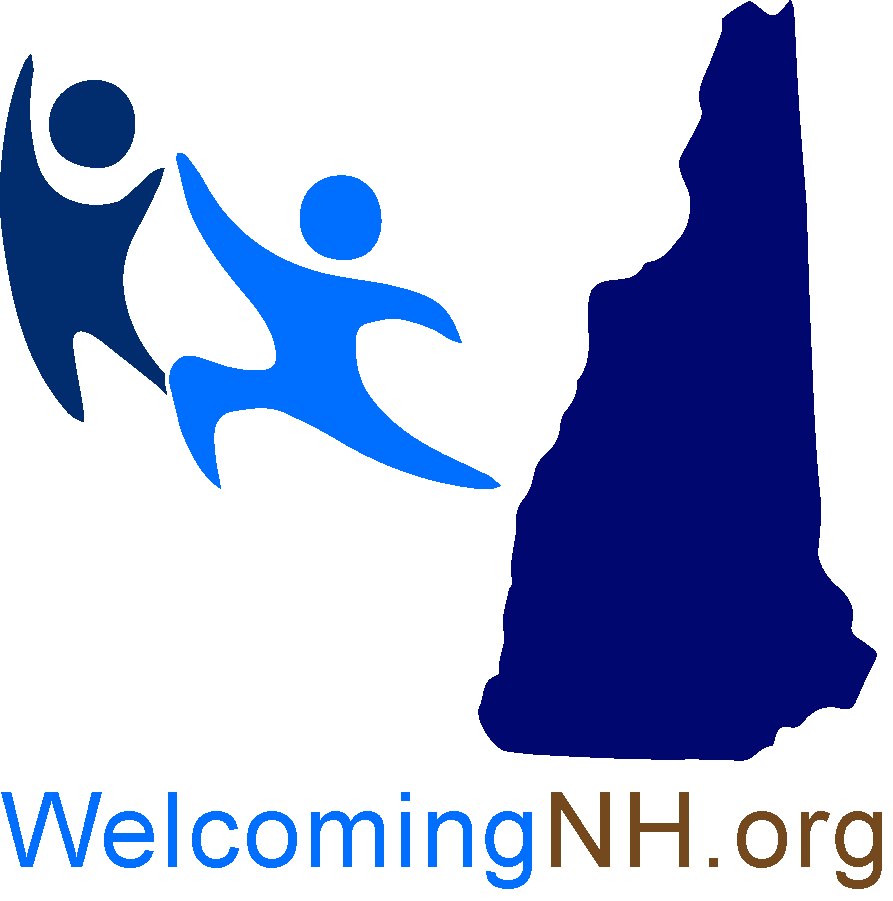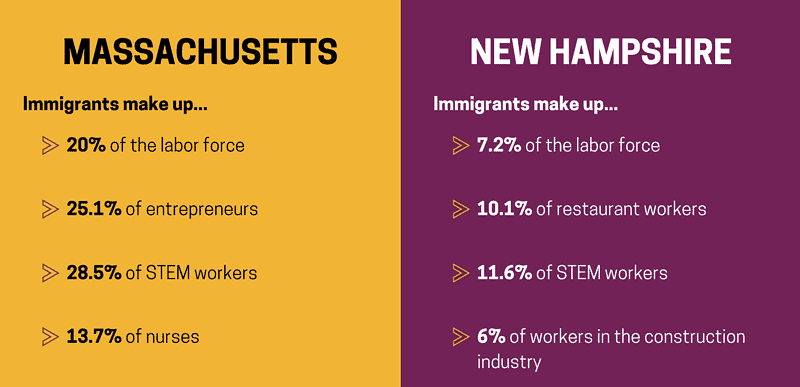Immigrants critical to bridging NH’s workforce gaps
By SHERYL RICH-KERN
Business NH
Published: 06-04-2024 10:43 AM
https://www.concordmonitor.com/Immigrants-NH-Workforce-Gaps-55437030
In the early 20th century, as much as one-quarter of NH’s population was foreign born. Despite language barriers and lack of education, they worked in textile mills, operating machinery or performing manual labor tasks. In logging, they participated in tree felling and log hauling.
While most of these jobs no longer exist, immigrants from other countries continue to sustain certain industries, such as hospitality, healthcare and manufacturing.
Steve Duprey, president of Foxfire Property Management and the Duprey Companies, says he couldn’t keep his four hotels in Concord running without foreign guest workers and new Americans who gained citizenship after resettling here from other countries.
Many people who previously worked in direct service industries moved on to remote work during and after the pandemic. As the Duprey Companies recovered from COVID, they faced a housekeeping shortage, forcing them to take hotel rooms offline or reduce restaurant hours.
Working with a staffing agency and an immigration attorney, the Duprey Companies recruited around a dozen temporary workers, mostly from Central America, to meet the demands of the busy season from May through October. While housing is not a legal requirement for temporary workers on an H-2B visa for nonagricultural jobs, the fact remains they need a place to live. Fortunately, the Duprey Companies are in the hospitality industry where they can set aside apartments at the Residence Inn. Full-time New Hampshire staff are available to drive them to and from the hotels. In addition, the Duprey Companies employ new Americans.
Landscapers, farms and nurseries also rely heavily on foreign workers. On a large marsh tucked in the hills of Deerfield, the Van Berkum Nursery, which supplies wholesale perennials, grapples with familiar challenges: unpredictable weather, rising costs, supply chain issues and most strikingly, labor shortages.
The nursery has grown in spurts over its three-decade history, calling for more workers in February or March when its season begins. Owner John Gedraitis says around 10 years ago, he reached out to Overcomers Refugee Services in Concord to hire new Americans. Initially, Overcomers provided interpreters to help train the new employees. As the novices gained experience, they were able to teach successive new hires in their native languages.
Around 2018, refugee resettlement in the U.S. decreased to historic lows. “That was a scary feeling in a seasonal business,” says Gedraitis. A year before, the nursery had purchased a farm across the street, allowing it to qualify for the federal government’s H-2A program for temporary nonimmigrants working in agriculture. He planned to house the Jamaican workers in the renovated farmhouse.
Today the staff is a mix of new Americans, H-2A workers and local folks. “We all sit together in the break room twice a day, share food, tell stories, laugh and get to know a little bit about each other’s families,” says Gedraitis.
Welcoming Immigrants Sparks Economic Growth
About 6% of the state’s residents are foreign-born, comprising 7.2% of the labor force. They contribute $1.1 billion in taxes and inject $3.3 billion into the economy, according to the American Immigration Council.
Research by the NH Fiscal Policy Institute reveals that more than half of the state’s population growth from 2010 to 2022 stemmed from arrivals from abroad. This influx of foreign-born workers is easing labor shortages and reversing population losses amid falling birthrates, serving as a vital economic catalyst for an aging state.
As of Sept. 30, 2023, 43 employers had approval to bring in a total of 868 nonimmigrant employees through the HB-2 program, according to U.S. Citizenship and Immigration Services. The Omni Mount Washington had the largest share with 136 visa holders, and hospitality dominated the list. Nationally, the average H-2A contract offered 24 weeks of full-time agricultural employment at an average wage of $13 an hour, according to 2020 data. That year, there were less than 1,000 H2-A workers in NH and they accounted for 5% to 10% of agriculture jobs.
Housing and Transportation Barriers
Amid tensions over the influx of undocumented migrants entering the southern border, the system for those coming here legally often gets less attention.
Lara Shea, CEO of of RiverMead Independent Living and Lifecare in Peterborough, says she is short about a dozen entry-level positions, jobs that rely more on honed caregiving skills than fluency in English. She is open to hiring new Americans, but the lack of public transportation and housing in Peterborough is a significant barrier. “There’s more we could do to make it easier,” she says, with better infrastructure, less bureaucracy and shorter time spans for new Americans to obtain work permits.
Tim Steele agrees. He is the CEO of Microspec in Peterborough, a medical device manufacturer. Steele says the company purchased 100 acres of land to accommodate workforce housing. He expects it to take four years before engineering, road planning, utilities and town approvals happen. While the state received $100 million in 2023 for such projects, he could not apply since his was not shovel ready.
“I’ve had good experiences with people new to this country [at a previous company] and I would hire them in a moment,” he says. Microspec expects to recruit another 40 employees in the next two years.
Refugee Resettlement Agencies
Gang violence and political turmoil forced Rina Medrano, a registered nurse and single mother of a young son, to leave her home in El Salvador and join her brother in California. There she cobbled together various jobs as a dishwasher and a fruit packer. “I lost my career, everything. I started here with nothing,” she says.
Nonetheless, Medrano says her escape from El Salvador was worth the hardships. After five years on the West Coast, her niece in New Hampshire convinced her to fly east and earn a living as a dry wall installer. The pay was better, but the hours spent hanging panels of wallboard were isolating. Plus, she missed the vocation she held in her home country. “I didn’t have other options,” she says.
Her fortunes shifted in 2023 when she took an LNA course offered through the International Institute of New England (IINE). Funded through the Workforce Innovation & Opportunity Act (WIOA), the program integrates English language instruction with hands-on training at Manchester Community College, preparing students for the NH Board of Nursing LNA exam.
IINE education manager Hannah Jean says the program has been in place for three years and boasts a 100 percent graduation rate. Most students pass the state licensing exam on the first or second try.
For the last six months, Medrano has thrived as an LNA at a rehabilitation hospital in Salem. Eager to certify her nursing credentials in the U.S., she’s studying for the TOEFL exam and plans to apply for citizenship next year. “I’m doing my dream job and am practicing and improving my English,” she says.
Henry Harris directs the Manchester office of the IINE. He says by the time refugees come through his office, they already have their work authorization papers. His agency helps them acclimate to a new community, finds them housing, offers language courses and helps enroll their kids in schools. The next step is to find them employment. This can include everything from loading cartons in a warehouse if their English is limited, to more career-oriented jobs such as in healthcare.
Many refugees who have been here a while have launched their own businesses, says Harris, and they also pay taxes and contribute to the economy.
In NH, IINE and Ascentria serve as the primary refugee resettlement agencies.
Juli Pruden is the workforce coordinator for Ascentria’s employment team. She says most of the employers hiring refugees are located around Nashua, Manchester and Concord where adequate public transportation exists, which is not to say that carpooling can’t be arranged.
Pruden works with employers to offer support services, such as helping them understand cultural sensitivities, the importance of nonverbal cues and gathering sector-specific terminology to impart to new hires. Ascentria also offers a comprehensive interpreter service of more than 150 languages, including Dari, Haitian, Pashto and Ukrainian, to name a few.
Many of her clients are not only supporting families in the U.S., they’re sending money to their native countries to help out the family they left behind. “They’re willing to overcome challenges. You know, they did that simply by arriving,” says Pruden.
Oksana Kolomiiets is one of them. She came to NH 10 months ago from war-torn Ukraine, where she was a primary school teacher for 23 years. Her limited English and lack of U.S. teaching credentials prohibited her from continuing her career. Instead, she worked in a commercial kitchen packaging containers for a company that makes salsa.
During an intake session with Pruden, Kolomiiets shared photos of the kids in her classroom back home. “You could just tell how very much she missed it,” says Pruden, who wanted to find a way to find her a position working with children. Eventually, Pruden connected Kolomiiets with a school in Concord where she works with preschoolers. “This is the work that makes me happy,” says Kolomiiets. “I can do it, I know it, and I love it.”
A Wealth of Cultures in a Manufacturing Plant
Freudenberg Sealing Technologies, a manufacturer of precision-molded seals and materials, operates plants in Ashland, Bristol, Manchester and Northfield.
HR Manager Kendall Reilly says that shortly after she arrived at the Manchester facility in 2022, she began compiling the list of languages and dialects of the machine operating staff. She found they represented 48 countries and 23 languages and dialects. “Collecting this information was extremely important in order to partner new hires with experienced employees who spoke the same language,” says Reilly.
Expanding on this approach, Reilly advocated for translating company documents and safety manuals into the predominant languages spoken at the plant. She also encouraged employees to use translation apps and promoted image-based training to further break down language barriers.
Most of the applicants for machine operators are friends or family of existing staff. While the company occasionally collaborates with refugee agencies to assist with translations, Reilly says she has more success with recruiting from employee referrals.
Several non-English speaking and immigrant employees have advanced their careers within Freudenberg. For example, in Ashland, an employee from Bosnia/Herzegovina who joined in 2010 as a plant floor full zone operator became a business unit manager two years ago. An associate from Bhutan is now a shift supervisor. A Serbian who joined the company in 2004 as a full zone operator became a supply chain manager last year.
Connie Sandros, vice president of human resources for the Americas region at Freudenberg, acknowledges the industry-wide challenge of retention. Creating mentorship relationships with a common culture is one action plan to improve it, as well as an opportunity to build camaraderie and responsibility for each other, she says.
Covenant Health Looks Abroad
An unprecedented number of nurses are leaving the profession due to long-standing stress and burnout. In 2021, during the height of the pandemic, more than 100,000 exited the field. Another 800,000 are planning to leave by 2027, according to data published in the Journal of Nursing Regulation. Up to 180,000 nurses have died of COVID, as reported by the World Health Organization.
To address the critical shortage of these caregivers, many hospitals are recruiting nurses overseas, most notably from the Philippines. Nurses from the Philippines account for nearly a third of foreign-born registered nurses in the U.S. According to the Migration Policy Institute, the Philippines has a longstanding history of supplying nurses to address global shortages, dating back to the early 20th century when the United States, then a colonial power in the region, established nursing programs post-World War II.
Preparations are underway at St. Joseph’s Hospital in Nashua, a member of Covenant Health, to welcome 31 nurses from the Philippines within the next six months. Across the Covenant Health system, which includes 19 facilities, 175 Filipino nurses are expected to arrive.
Lisa Cram, system director of talent acquisition, acknowledges that while the process of interviewing and selecting candidates is similar to domestic hiring, government backlogs for visa applications have extended the timeline by almost a year. In addition, at the onset of the pandemic, the Philippine government limited the number of nurses leaving the country to protect the needs of its own population.
To facilitate the transition, St. Joseph’s deploys a healthcare agency to assist with the visa filing and relocation, and if necessary, to help find a car. There is a public bus stop in front of the hospital. Under the terms of the agreement, the nurses commit three years of service to the hospital. Cram says a smaller cohort arrived in 2018 and most of them stayed.
Kevin Flynn, St. Joseph’s Hospital’s VP of mission integration, notes that most of the nursing staff in the inpatient rehab center are Filipino. “There’s almost zero turnover. They’re very loyal,” he says. “The mission of the hospital comes alive when we can welcome people from another part of the world.”

